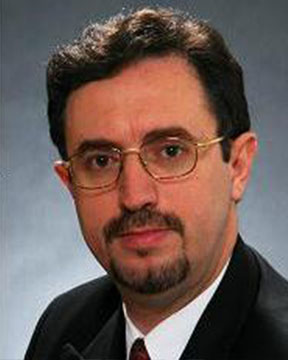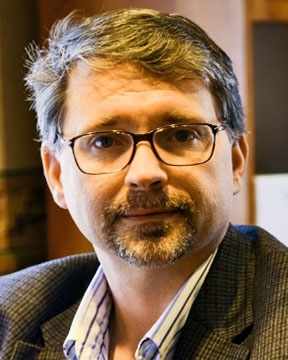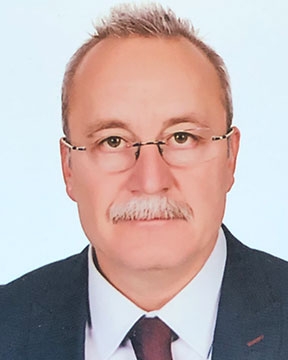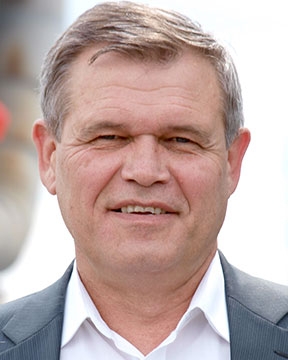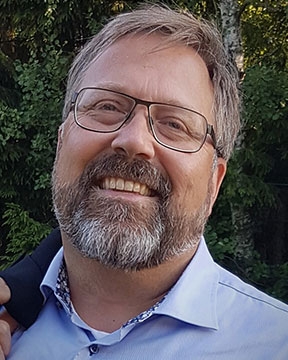



















6th Intl. Symp. on Sustainable Production of Ferro-alloys

Bio | CV | Publications
This major symposium is in honor of the distinguished work and lifetime achievements of Bo Flink, who dedicated all his professional life to ferroalloys production. Bo, has held almost all possible positions in the industry that anyone can have: trainee to a foreman, shift engineer, production engineer, process engineer, production manager, construction manager, maintenance manager, process manager, project manager, plant manager, technical manager, technical director, senior adviser and board member. His professional life has been awarding and never boring since it had the constant engineering innovation as part of it. He was in the forefront of continuous process improvement and new technologies. Some of the challenges he undertook and succeeded were the production of ferrochromium from non-concentrated low-grade ores, new process for fine ore briquetting, converting big furnaces from one ferroalloy to another, applying design and implementation of plasma process to ferroalloys production, heat and secondary energy recovery from thermal processes to be used for heating purposes, solid slag separation processes, raw materials challenging procurements, etc. This is a prime example that the life of an engineer is so interesting and fulfilling and never boring especially when coupled with innovation.
The following are some areas where Bo excelled:
Production of Ferroalloys from Non-Concentrated Low-Grade Ores. Starting in 1974, Bo made numerous trials in one of the small tilting units. He was in charge of the total redesigning of that unit including relining and tapping facilities. An extensive test period took place and they had promising results.
Furnace Conversions: Starting from April 1977, Bo was heavily involved in the conversion of two big electric furnace units from FeSi 75 into HC FeCr/Charge Chrome production. The furnaces were rebuilt and started with the new product using low grade Finish ore as chromium source.
Plasma Process: Starting from 1982, Bo was responsible to apply the newly developed plasma process to ferroalloys production. He was deeply involved in the project design and in the process implementation as Process Manager of Swede Chrome Project.
Procurement of Raw Materials: In Sept 1987, Bo was co-founder and 25% owner an MBO company and he became deeply involved in the procurement of all raw materials for the production. In the beginning it was a hectic task for him with a lot of business travels to all potential suppliers.
Heat Recovery: In the late 80s, Bo presented a paper entitled "Heat Recovery from SAF at Vargön Alloys" at an energy symposium held at a University in Sweden describing the successes in this domain. Vargön Alloys had started heat recovery from SAF as early as 1957. Back in those days not many people were looking into the opportunity to recover secondary energy from thermal processes to be used for heating purposes like district heating or for the paper and pulp industry as in the case of Vargön.
Briquetting Technology: Bo was responsible for the new processes using low grade ores. As there was a lot of ore fines generated during mining especially from friable ores, his first task when he went back to Vargön was to design and erect a briquetting plant. Numerous tests were performed before it was decided what kind of binder to be used. Many tests were done in South Africa using lime-molasses and cement-molasses. However, the problem was that these binders added too much CaO into the process. It was decided to use water glass even though it added a lot of alkali in the process that could potentially damage the lining in the furnaces. However, no effect on the lining was noticed and it became a normal practice to use up to 40% of briquettes in the ore charge. Another problem experienced was due to the abrasive nature of chromium ore, a severe wear on the equipment was noticed that turned out to be costly for the production. As a fairly high amount of CaO was coming from the Portland cement, a better binder was found after research in the market. This was the slag cement from milled blast furnace slag with roughly half the amount of CaO. The facility is still being run with a mixture of Portland cement and milled blast furnace slag.
Agglomeration: Bo managed a new agglomeration project that started for another process. In the market, a process was found producing pavement stones using Portland cement as a binder. They made tests in a pavement bricks unit in a contractor company and achieved good results even though the CaO content was on the high side. A new bricks plant was erected with a capacity of about 60,000 tons per year which was later extended to a capacity of 100,000 tons/year.
Solid Slag Separation: Bo also led the setup of the process for slag separation. From the start-up of Vargön HC FeCr production, two types of slag have been generating: the Lean slag and Rich slag. The Rich slag contained a lot of metal pieces that had to be recovered. In the beginning it was tried magnetic separation with a poor recovery. While looking for better options it was found that some of the mines in Sweden were producing non-magnetic iron ores through a new hematite, a process invented called The Stripa Runner. That process is a kind of heavy media process that used iron ore concentrate as media. In the middle of Sweden, a closed down hematite ore mine was found with all the equipment intact. Some hundred tons were trucked up there to perform a trial with good results. The Rich slag from Vargön was crushed down to < 25 mm and separated in two fractions 3-25 mm and 0-3 mm. The courser material was destined for the Stripa Runner and the material of < 3 mm was destined for ordinary shaking tables. Encouraged by good results, a contract was signed to rail the slag from Vargön to Stripa (also the name of the mine). The contract lasted many years but as the chromium production increased, the amount of slag also increased and unfortunately, the freight cost also increased and other options needed to be looked at. Companies using jig equipment for the concentration raised interest. Some pilot tests were performed in Vargön with good results. In South Africa it was found among others, a company that had developed a jigging process that performed well. In the middle of 1999, a tolling agreement was signed with the South African company and a new plant was erected in Vargön in the beginning of the year 2000. The new plant started to operate in the middle of 2000. The plant is still in operation and is owned today by Vargön Alloys AB since the tolling agreement ended.
Through these activities and many others, Bo has contributed significantly to the advancement of ferroalloys engineering as well as technology improvement.
Reflecting on his outstanding academic activity, this international symposium will feature plenary, keynote and invited lectures on scientific and technological ferroalloys production topics, such as raw materials processing, electric furnace processes, environmental issues and CO2 emission control; Both conventional and novel processes or ideas are welcome. The detailed scope of the symposium is given in the link below.
ROUND TABLE DISCUSSIONS
A round table discussion open to everyone interested will be organized at a specific date and time during the symposium. It will be a platform for high level representatives of various industries, technologies, and academic disciplines to freely discuss and debate all topics of this symposium, and identify positive and efficient pathways towards sustainability in industrial practices, technologies, and research.
You are cordially invited to actively participate in this symposium by submitting and presenting a paper, or by attending the round table. We look forward to meeting you at the Cyprus, October 2019.


